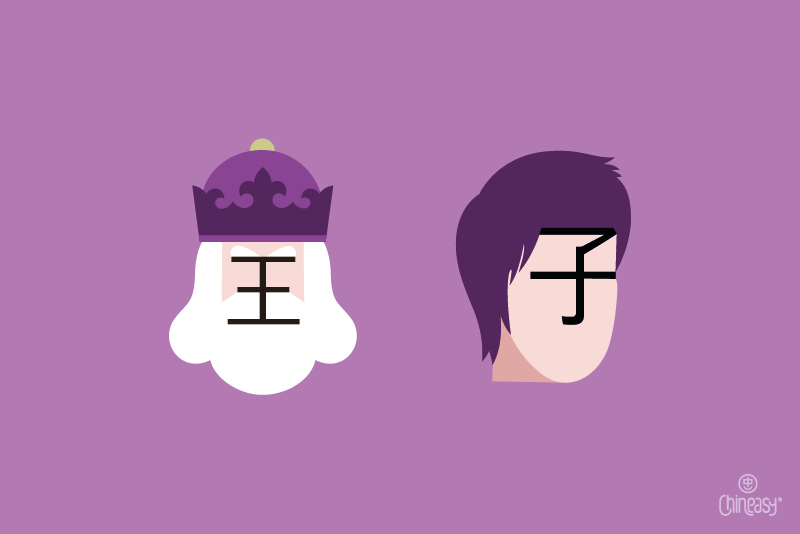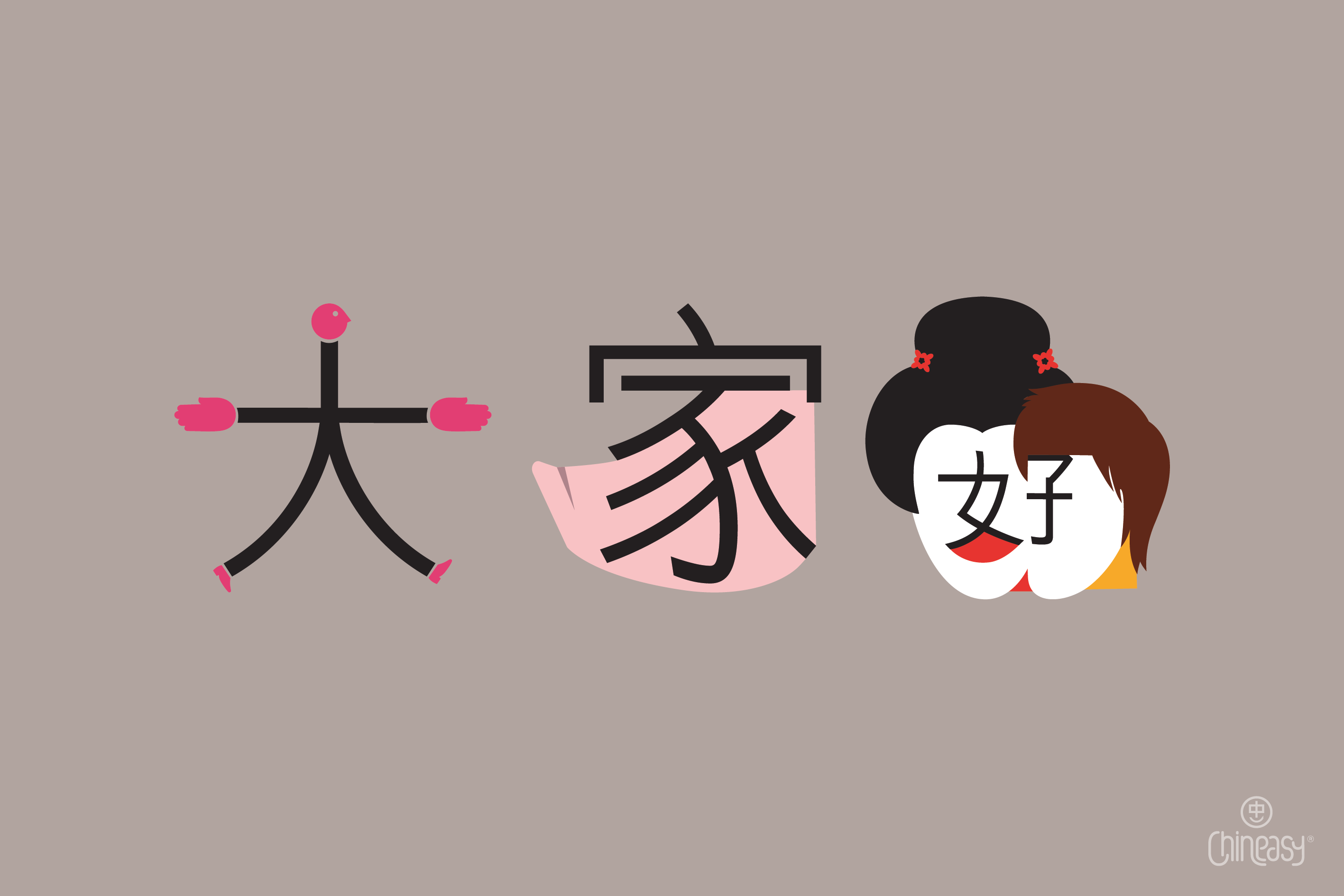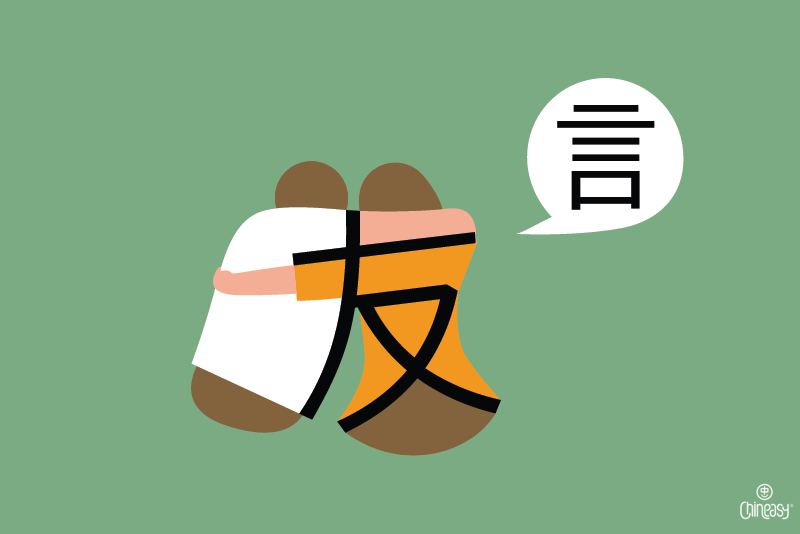Ask any newbie about learning Chinese characters, and you’ll probably hear how tough it is.
But guess what? It doesn’t have to be!
There are Chinese characters so straightforward that you can pick them up in mere minutes.
Dive into this post, where we spotlight ten of the simplest characters you’ll ever encounter.
With our crisp illustrations and handy hints, you’ll be reading them effortlessly before you know it!
One 一
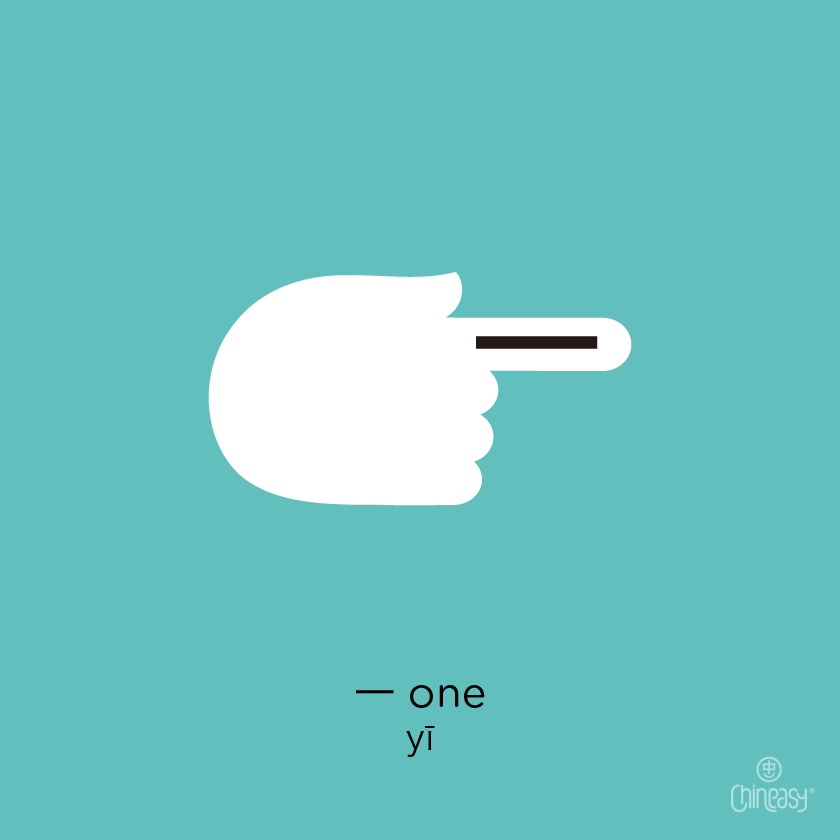
We’ll start with the straightforward character for “one”: 一 (yī). It’s nothing more than a single horizontal line—how intuitive!
While it primarily represents the number “one,” it can also mean “a” or “an.”
Tip: Picture 一 as a lone line, symbolizing the number one.
Curious? With that logic in mind, see if you can guess the meanings of 二 (èr) and 三 (sān). Take a moment to think!
Person 人
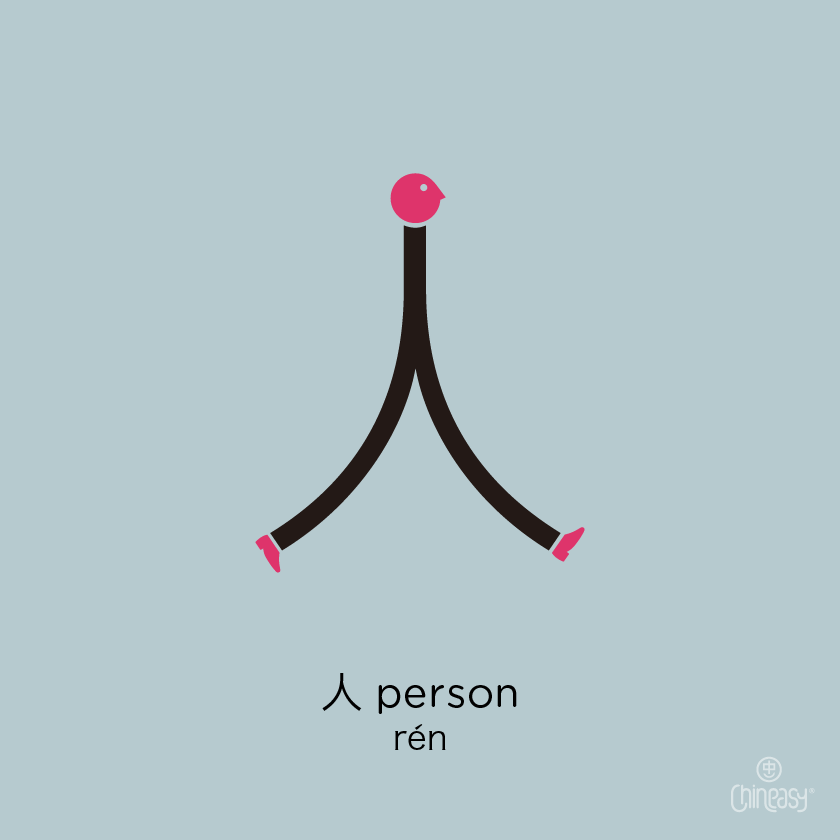
Next is the character for “person”: 人 (rén). Originally designed to represent a human in profile, it now resembles a person in mid-stride.
Tip: Envision 人 as an individual on the move, taking steps.
Big 大
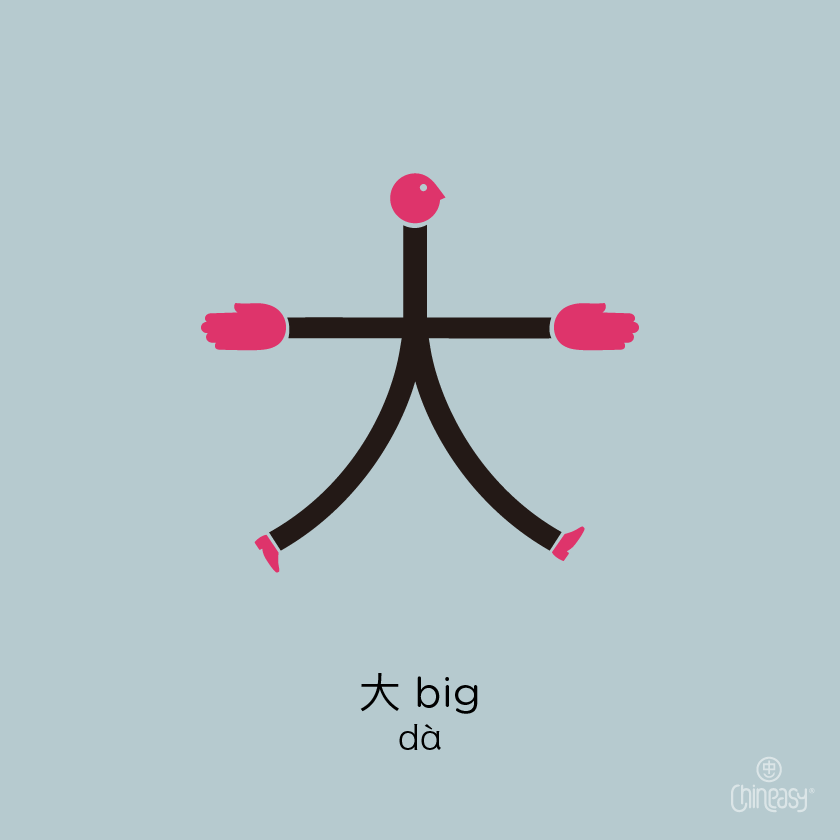
Building on what you’ve learned, add a horizontal line 一 atop 人 and voilà, and you have the character for “big”: 大 (dà).
Imagine someone with arms stretched wide as if they’re showing just how “big” something is.
Depending on its use, 大 can also convey “large” or “great.”
Tip: Think of 大 as a person making a grand gesture to indicate something “big.”
Small 小
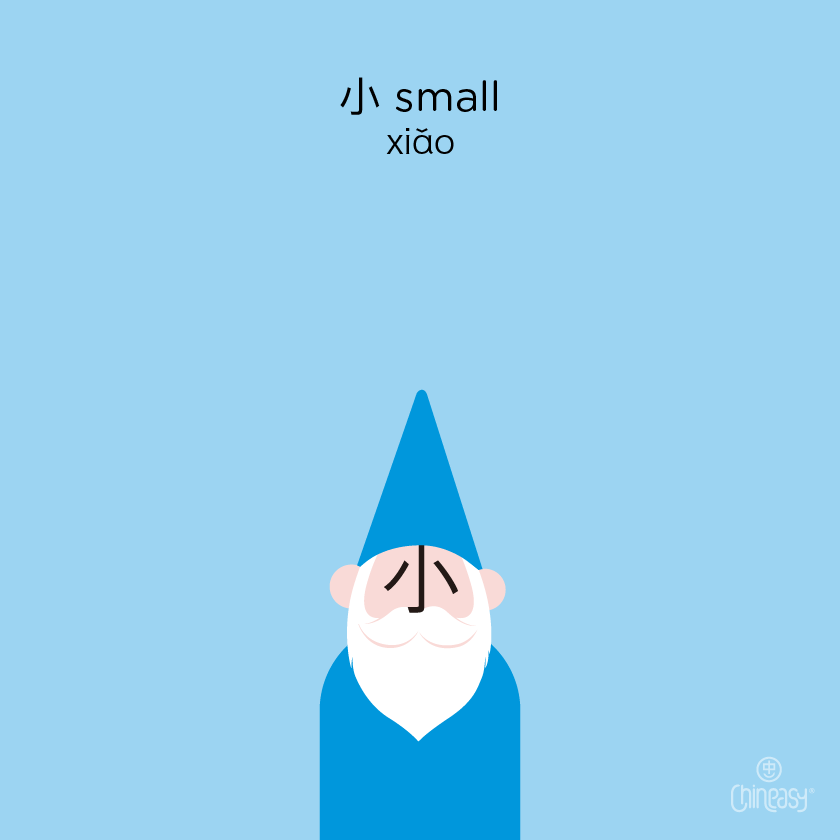
Moving on, we have the opposite of 大: 小 (xiǎo), which stands for “small.”
Historically, it was sketched to depict grains of sand—a fitting symbol for “smallness.”
Tip: Visualize 小 as something small, perhaps like a tadpole darting in a pond.
No/Not 不
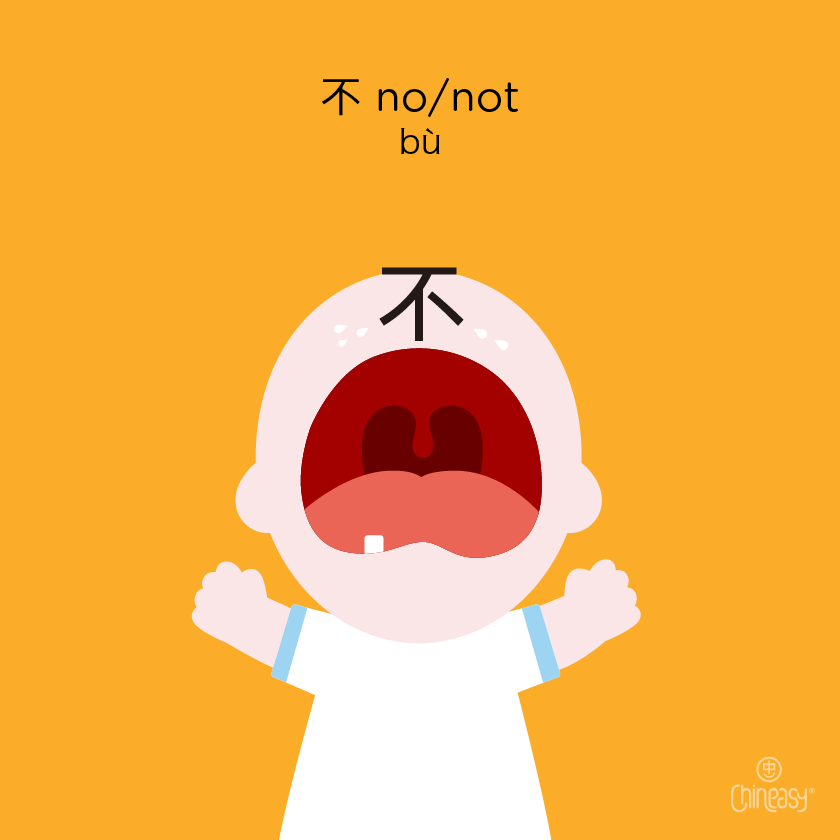
Now, let’s explore a character with a twist: 不 (bù). At a glance, it might remind you of 小 due to its left-to-middle-and-right structure.
But observe closely: the three strokes below its top line are seamlessly connected.
Beyond simply meaning “no,” 不 carries a negative connotation, akin to the English prefixes “un-,” “im-,” or “dis-.”
Tip: Picture the three bottom strokes as a path leading astray—a path you’d prefer not to take, symbolizing negation.
Mouth 口
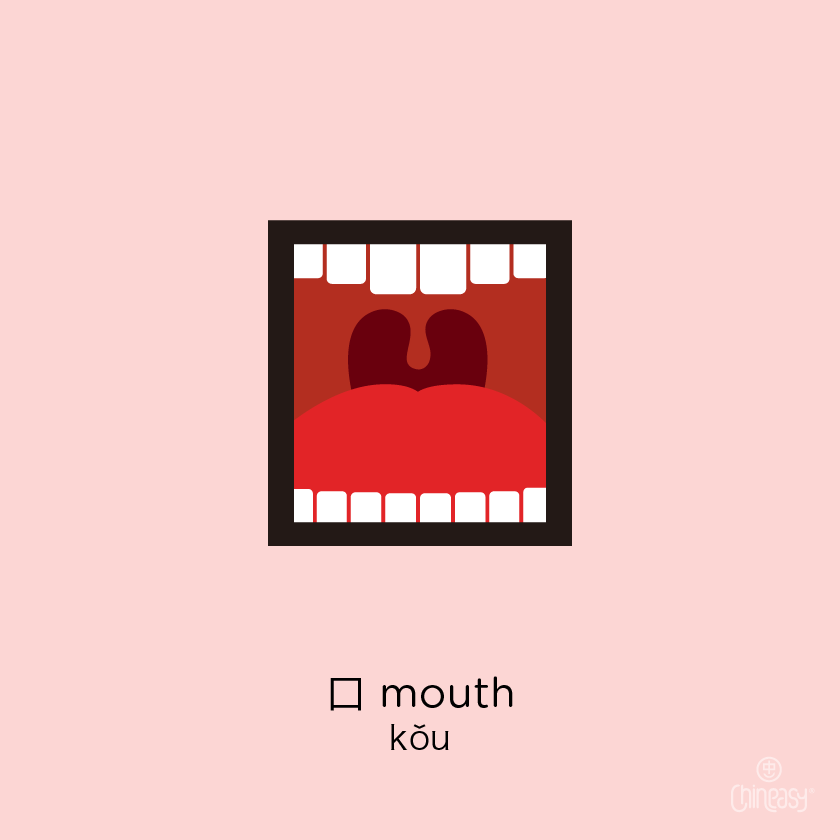
Let’s shift from abstract to tangible with the character 口 (kǒu), which portrays a wide-open mouth.
Tip: Think of someone going “Ahhhhhhhh!” as if they’re at the dentist opening their “mouth” widely.
Now, an important note: 嘴巴 (zuǐba) is another word for “mouth,” which is more commonly used when talking about the physical part of the body.
Heart 心
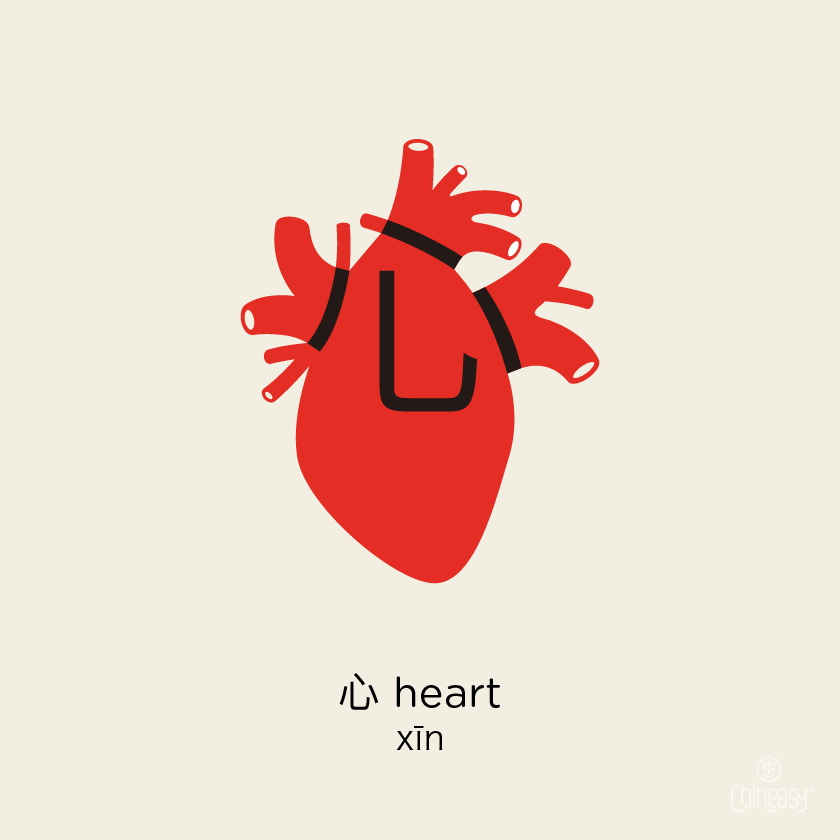
Diving deeper into ourselves, we encounter 心 (xīn), which represents the “heart.” And you’ll find, especially with our illustrations, that it’s sketched in a way reminiscent of an actual heart.
Beyond its primary meaning, 心 can also signify “mind” or “center” in specific contexts.
Tip: As you study this character, take a moment to feel your heartbeat, linking that sensation to your memory of 心.
Water 水
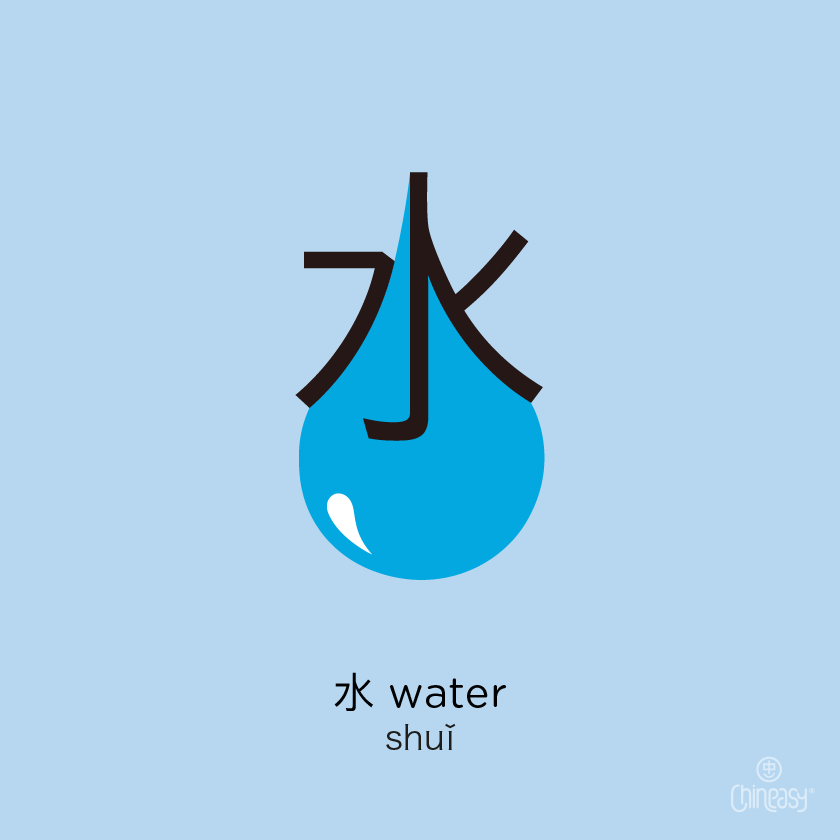
Did you know that our bodies are approximately 60% water? It’s often said that water is the essence of life.
The Chinese character 水 (shuǐ) captures this essence beautifully. Originally depicted as a river flowing between two banks. Today, it’s primarily used to signify “water” or “liquid.”
Tip: Imagine the character as “water” currents, with waves cascading down its left and right sides, giving life to its meaning.
Mountain 山
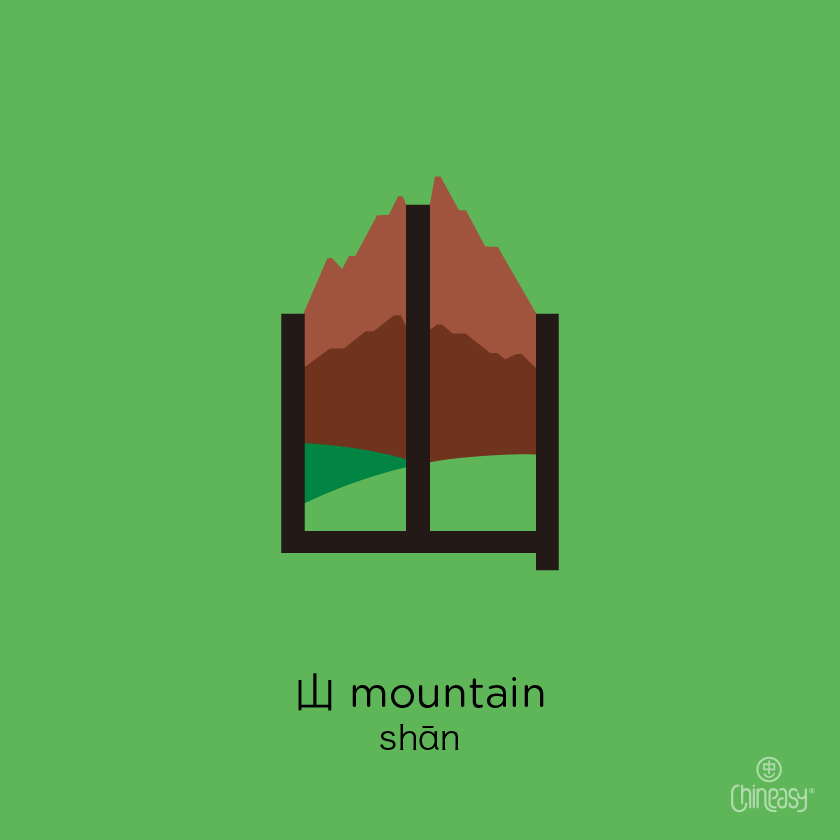
Next, we come to the character for “mountain”: 山 (shān). This character captures the essence of towering peaks and vast ranges.
If you look closely, it’s as if you’re seeing a mountain’s outline against the horizon.
Depending on its use, 山 can also mean “hill.”
Tip: Visualize 山 as a mountain range, with the highest peak in the center, flanked by its smaller counterparts on either side.
Moon/Month 月
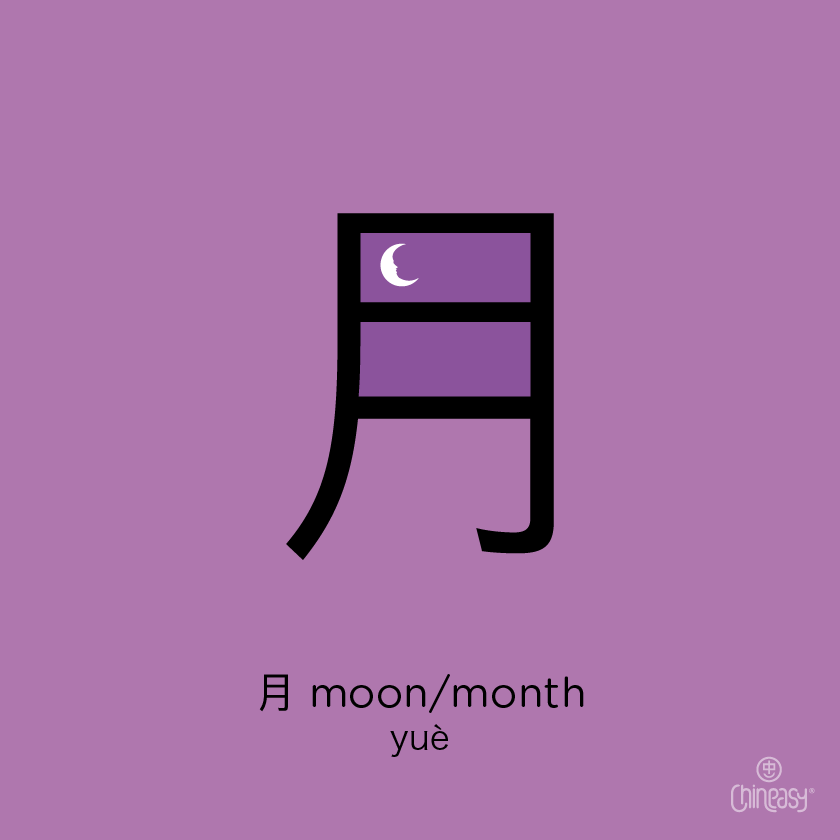
Wrapping things up, let’s bring in our final character: 月 (yuè). Picture this: a crescent “moon” gently curving in the night sky. That’s the origin of this character!
And because the moon changes shape every night, marking the passing of days, it’s no surprise that 月 also means “month.”
Tip: Each time you spot 月, think of that crescent moon slowly filling up over a month. It’s a two-in-one character—moon and month all in one!
And there you have it—ten simple Chinese characters to kickstart your learning journey. Not only are these characters incredibly handy, but most also boast fewer than five strokes!
That’s a win for easy reading and writing!
Next time you stroll through a bustling Chinatown or find yourself wandering the streets of a Chinese-speaking country, challenge yourself. Can you spot one or two of these ten symbols?
If you do, pat yourself on the back and share your newfound knowledge because that’s a traveler’s badge of honor!
